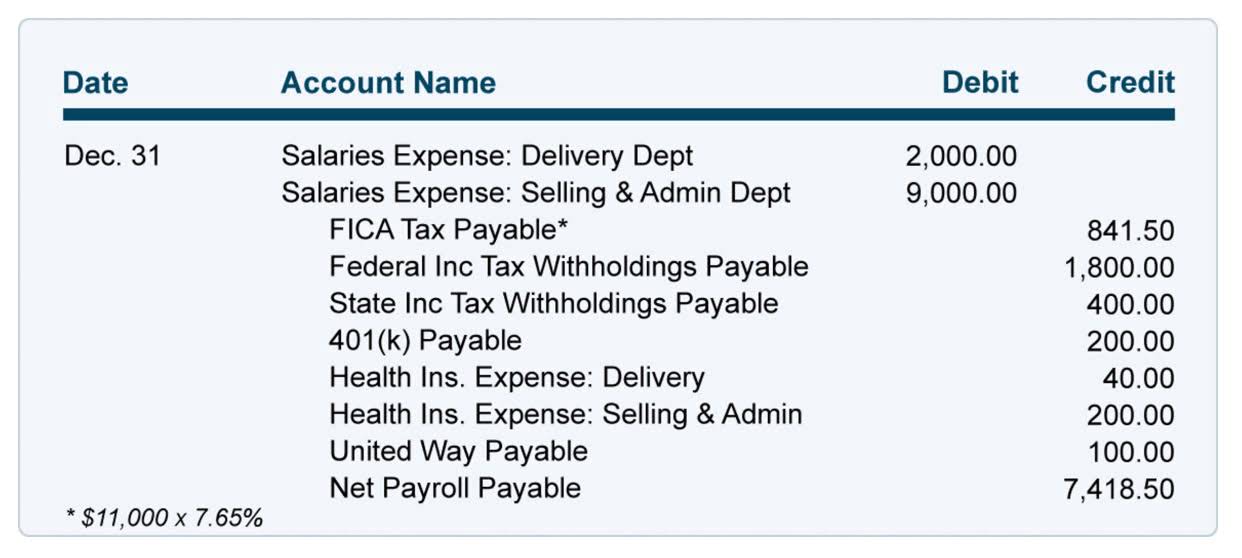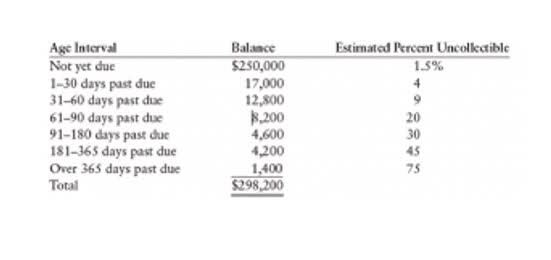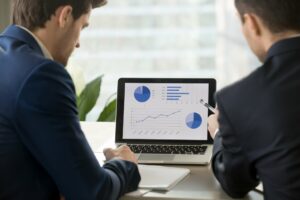Income-oriented investors, such as retirees, often seek stocks with high payout ratios, as they provide regular dividend income. As noted above, dividend payout ratios vary between companies and industries, depending on maturity and other factors. As is the case with the second formula, you can also use the cash flow statement to calculate the dividend payout ratio with the third formula. Companies that make a profit at the end of a fiscal period can do several things with the profit they earn.
Ask a Financial Professional Any Question
A company with a high payout ratio may prioritize income for shareholders, while a low payout ratio indicates a focus on growth and reinvestment. A low payout ratio signifies that a company is retaining a higher percentage of its earnings. This is typically an indication of a growing company, as it has the resources to reinvest in the business or pay off debt. The payout ratio is vital in financial analysis as it helps determine a company’s ability to maintain or grow its dividend payments.
Our mission is to empower readers with the most factual and reliable financial information possible to help them make informed decisions for their individual needs. Our goal is to deliver the most understandable and comprehensive explanations of financial topics using move from excel to accounting software simple writing complemented by helpful graphics and animation videos. Payout ratio trends can change during different market cycles, influenced by investor sentiment and corporate governance.
Payout Ratio in Investment Decision-Making
The dividend payout ratio can be calculated as the yearly dividend per share divided by the earnings per share (EPS), or equivalently, or divided by net income dividend payout ratio on a per share basis. In this case, the formula used is dividends per share divided by earnings per share (EPS). EPS represents net income minus preferred stock dividends divided by the average number of outstanding shares over a given time period. One other variation preferred by some analysts uses the diluted net income per share that additionally factors in options on the company’s stock. The dividend payout ratio is not intended to assess whether a company is a “good” or “bad” investment.
Payout Ratio Trends During Market Cycles
To interpret it, you just have to know how to look at it as well as what your priorities are as an investor. Some loss on sale of equipment investors like to see a company with a higher ratio, indicating the company is mature and pays a higher proportion of its profits to shareholders. In fact, some high-growth companies may pay no dividends because they prefer to reinvest their profits in the business for future growth. Dividend payout ratios can be used to compare companies, though keep in mind that dividend payouts vary by industry and company maturity.
Someone on our team will connect you with a financial professional in our network holding the correct designation and expertise. Our team of reviewers are established professionals with decades of experience in areas of personal finance and hold many advanced degrees and certifications. For information pertaining to the registration status of 11 Financial, please contact the state securities regulators for those states in which 11 Financial maintains a registration filing.
Companies with the best long-term records of dividend payments have historically had stable payout ratios over many years. Company A pays out a smaller percentage of its earnings to shareholders as dividends, giving it a more sustainable payout ratio than Company Z. Companies in defensive industries such as utilities, pipelines, and telecommunications tend to boast stable earnings and cash flows that can support high payouts over the long haul. Income-driven investors have been advised to look for a ratio in the neighborhood of 60%, however. The dividend payout ratio is the ratio of total dividends to net profit after tax. To calculate the dividend payout ratio, the formula divides the dividend amount distributed in the period by the net income in the same period.
This may suggest a mature company with limited growth opportunities, but it could also raise concerns about the company’s ability to support future growth or pay off debt if the payout ratio is consistently high. The augmented payout ratio incorporates share buybacks into the metric, which is calculated by dividing the sum of dividends and buybacks by net income for the same period. If the result is too high, it can indicate an emphasis on short-term boosts to share prices at the expense of reinvestment and long-term growth. In conclusion, keeping an eye on how much dividends a company pays, and not only on the dividend yield, can provide extra safety of constant income.
New companies still in their growth phase often reinvest all or most of their earnings back into their business, whereas more mature companies often pay out a larger percentage of their earnings in the form of dividends. Shareholders may push for a higher payout ratio if they believe the company is not effectively utilizing retained earnings or if they seek higher dividend income. When determining the payout ratio, a transparent and accountable management team will consider the company’s long-term growth prospects, financial health, and shareholder expectations. During periods of optimism, investors may favor growth stocks with lower payout ratios.
Rather, it is used to help investors identify what type of returns – dividend income vs. capital gains – a company is more likely to offer the investor. Looking at a company’s historical DPR helps investors determine whether or not the company’s likely investment returns are a good match for the investor’s portfolio, risk tolerance, and investment goals. For example, looking at dividend payout ratios can help growth investors or value investors identify companies that may be a good fit for their overall investment strategy.
In general, high payout ratios mean that share prices are unlikely to appreciate rapidly since the company is using its earnings to compensate shareholders rather than reinvest those earnings for future growth. Therefore, a 25% dividend payout ratio shows that Company A is paying out 25% of its net income to shareholders. The remaining 75% of net income that is kept by the company for growth is called retained earnings. The payout ratio serves as a vital financial metric for investors, enabling them to gain insights into a company’s dividend policy, financial health, and growth potential. Some companies decide to reward their shareholders by sharing their financial success. This happens through dividends, which are paid at regular intervals to shareholders throughout the year.
The payout ratio can impact stock valuation by providing insights into a company’s financial health, dividend policy, and growth prospects. Mature industries with stable cash flows, such as utilities and consumer staples, typically have higher payout ratios. It is a crucial indicator for investors and analysts, providing insights into a company’s dividend policy, financial health, and growth potential.
- The payout ratio measures the proportion of earnings paid out as dividends to shareholders.
- There is another way to calculate this ratio, and it is by using the per-share information.
- The retained earnings equation consists of net income minus the dividends distributed, thereby the retained earnings for Year 0 is $150m.
Additionally, dividend reductions are viewed negatively in the market and can lead to stock prices dropping (2). A steadily rising ratio could indicate a healthy, maturing business, but a spiking one could mean the dividend is heading into unsustainable territory. Hence, public companies are typically very reluctant to adjust their dividend policy, which is one reason behind the increased prevalence of share buybacks. If applicable, throughout earnings calls and within financial reports, public companies often suggest or explicitly disclose their plans for upcoming dividend issuances. For the entire forecast – from Year 1 to Year 4 – the payout ratio assumption of 25% will be extended across each year. In our example, the payout ratio as calculated under this 3rd approach is once again 20%.
It is the amount of dividends paid to shareholders relative to the total net income of a company. The payout ratio shows the proportion of earnings that a company pays its shareholders in the form of dividends expressed as a percentage of the company’s total earnings. The calculation is derived by dividing the total dividends being paid out by the net income generated. The payout ratio is a key financial metric used to determine the sustainability of a company’s dividend payment program. It’s the amount of dividends paid to shareholders relative to the total net income of a company. The payout ratio is a key financial metric that’s used to determine the sustainability of a company’s dividend payment program.
The dividend yield shows how much a company paid out in dividends a year as a percentage of the stock price. This makes it easier to see how much return per dollar invested the shareholder receives through dividends. Not paying one can be an extremely negative signal about where the company is headed. Investors react badly to companies paying lower-than-expected dividends, which is why share prices fall when dividends are cut. The dividend payout ratio calculator is a fast tool that indicates how likely it is for a company to keep paying the current dividend level. In this article, we will cover what the dividend payout ratio is, how to calculate it, what is a good dividend payout ratio, and, as usual, we will cover an example of a real company.
















